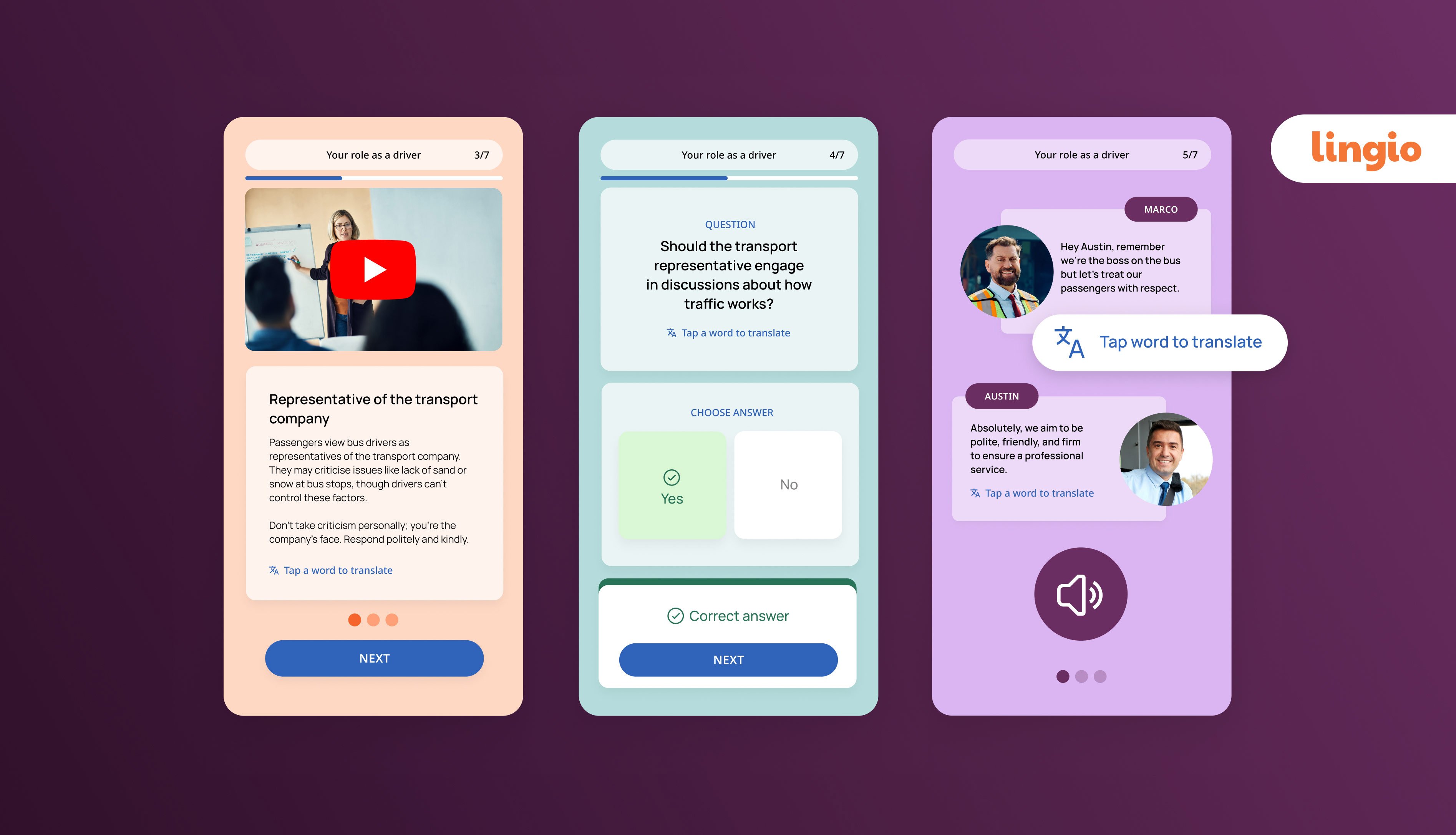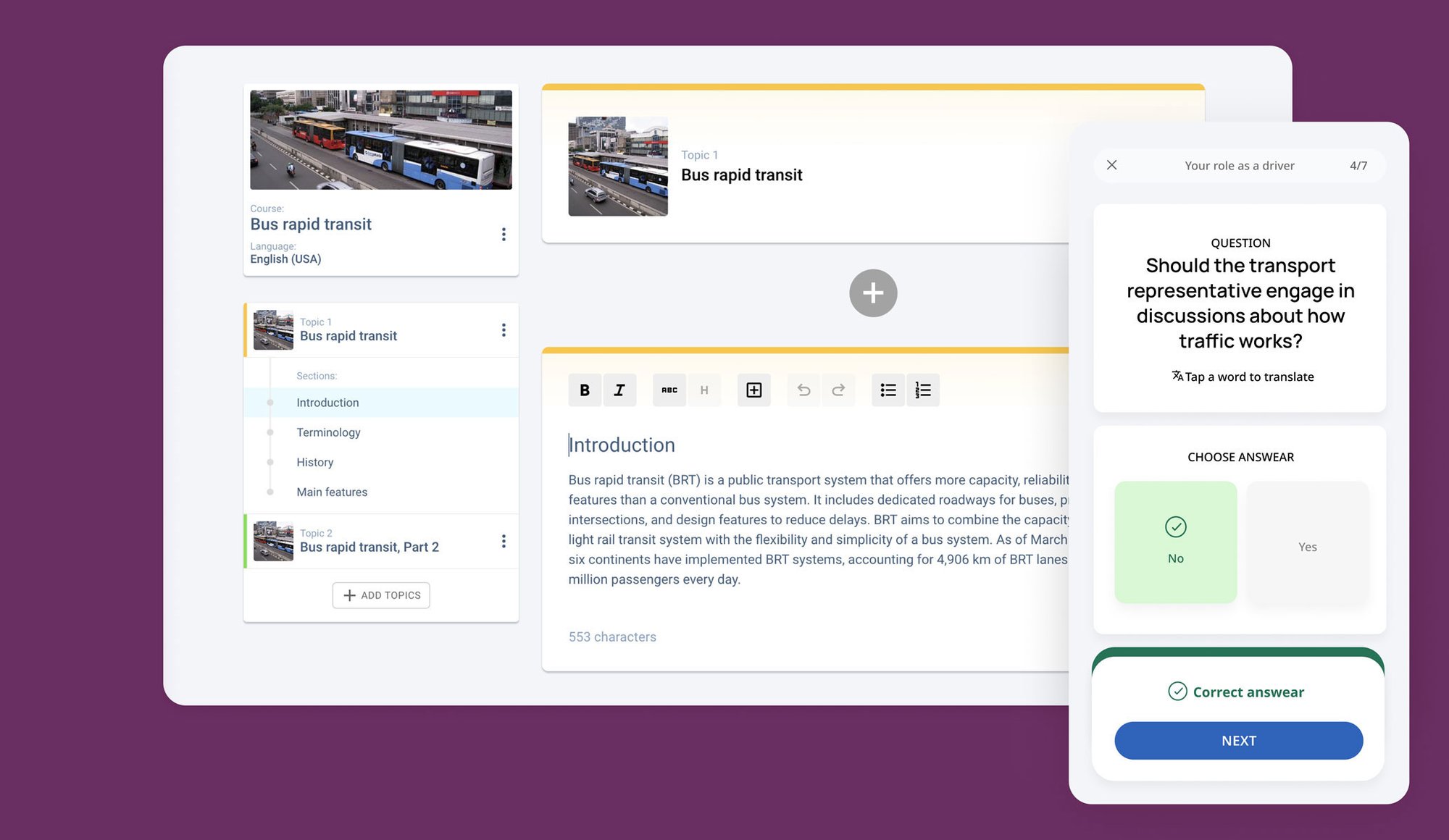FAQs
1. What is staff training and development?
Staff training and development encompasses a broad spectrum of structured programs and activities aimed at enhancing the abilities and knowledge of employees. These initiatives can take many forms, including technical training programs that equip staff with specific job-related skills, such as using new software or machinery, and soft skills training that focuses on improving interpersonal, communication, and leadership abilities crucial for professional growth and effective teamwork.
Additionally, staff development often involves professional development opportunities, such as workshops, seminars, and courses, designed to keep employees abreast of current and future industry trends. These types of staff training and development programs are meticulously structured to bolster individual and organisational performance, adapt seamlessly to changing market demands, and cultivate a culture of continuous learning and improvement.
2. Why is staff training and development important?
The importance of staff training and development extends far beyond immediate productivity gains, underlining the multifaceted benefits of employee upskilling. By investing in both technical training and the enhancement of soft skills, organisations unlock a spectrum of advantages, from heightened employee engagement and retention to significant improvements in service quality and innovation. This strategic focus not only bolsters workforce adaptability to rapidly changing market demands but also solidifies a culture of continuous learning and development. Consequently, it leads to a more motivated, skilled, and cohesive team capable of driving organisational success and maintaining a competitive edge in the industry. The benefits of staff training and development, therefore, encapsulate a comprehensive approach to fostering a resilient, forward-thinking, and high-performing workforce.
3. How do we measure the effectiveness of employee training and development programs?
Measuring the effectiveness of employee training programs involves a multifaceted approach, focusing on both quantitative and qualitative metrics to assess the impact on individual performance, team dynamics, and organisational goals. Here are key strategies for gauging the success of these initiatives:
- Pre- and post-training assessments: Measure skill improvements with before-and-after assessments.
- Feedback surveys: Gather participant feedback for insights and improvement areas.
- Observation and supervisory reports: Monitor performance changes through managerial observations.
- Learning analytics: Use LMS data to analyse engagement and support needs.
- Performance metrics: Assess training's impact on productivity and quality indicators.
- Return on investment (ROI): Evaluate financial benefits versus training costs.
- Long-term impact analysis: Examine training's effects on retention and career growth.
4. Who should be responsible for staff training and development in an organisation?
In organisations, the responsibility for staff training and development varies by size and structure. Larger companies often have dedicated L&D teams focused on designing and implementing training programs. In contrast, smaller firms might rely on HR departments or managers to identify and facilitate training and development efforts. Across all sizes, utilising technology, such as an LMS and tools like Lingio, plays a crucial role. These tools enable scalable, personalised training solutions, ensuring employees across the organisation have access to essential learning resources while efficiently managing the cost of staff training and development.
5. 5. What are some effective strategies for conducting successful staff and user training in small-sized remote companies?
In remote learning environments, the lack of physical interaction presents unique challenges, necessitating innovative approaches to engage and educate teams effectively. Here are three pivotal strategies on how to train and develop staff remotely:
- Harness generative AI: Tap into AI-powered tools for rapid, tailored course development, enabling swift adaptation to evolving training needs without extensive resources.
- Embrace microlearning: Break down complex information into bite-sized, easily digestible pieces, catering to the remote workforce's varied schedules and learning preferences.
- Cultivate community: Implement collaborative tools and platforms to simulate a classroom's interactive and communal aspects, fostering a sense of belonging and enhancing the learning experience.







